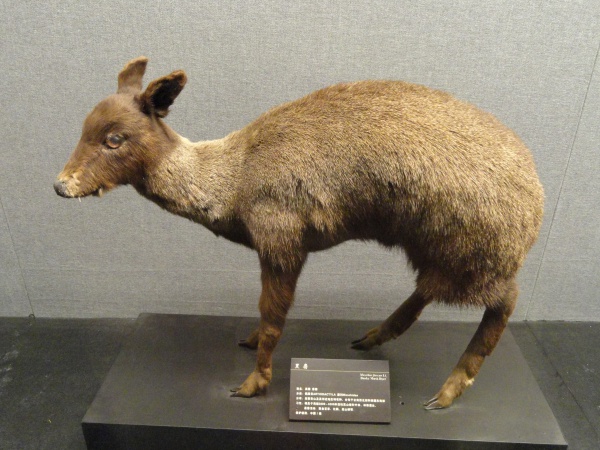Facts About Black musk deer
The black musk deer, also known as the dusky musk deer, is a distinctive species native to Bhutan, China, India, Myanmar, and Nepal. Unlike many other deer species, this small creature has long hind legs, lacks antlers, and boasts thick brown fur. Male black musk deer are particularly notable for their saber-like upper canine teeth and a specialized musk gland.
These deer exhibit an interesting mating behavior where a single male mates with multiple females. Following a gestation period of about six months, females generally give birth to one or two fawns. The mother tends to her young for several months until they reach sexual maturity at approximately 18 months of age.
In their ecosystems, black musk deer play a vital role by consuming grasses and other plant matter, which influences the composition of the vegetation. Unfortunately, due to excessive hunting and habitat destruction from deforestation, they are now classified as endangered. Historically, male musk deer were hunted for their musk glands, which were highly valued for use in soaps, perfumes, and traditional medicine.
These deer are nocturnal, preferring to live solitary lives and defend their territories in mountainous regions characterized by gorges and forests. Their primary predators are lynxes and humans, with humans posing the most significant threat due to the demand for musk.
Despite efforts to substitute natural musk with synthetic alternatives in perfumes, the black musk deer continues to face the risk of extinction. More comprehensive conservation measures are imperative to ensure their survival and protect them from further decline.

 India
India